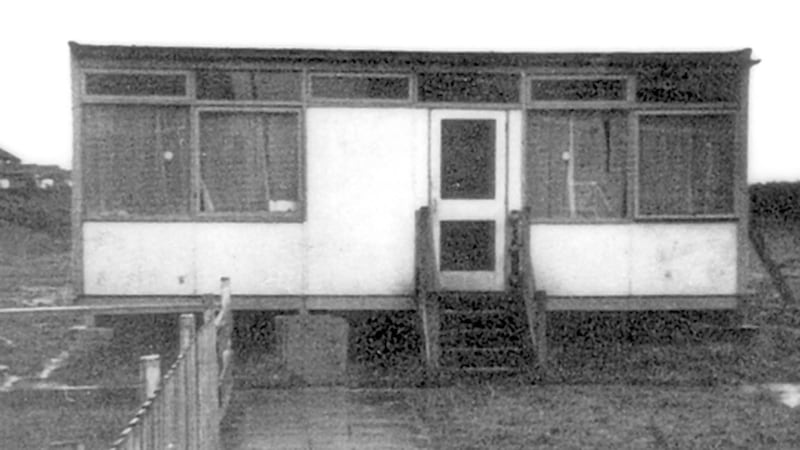Documents and artefacts telling the remarkable story of the Irish language revival in Belfast - which have been stored away in boxes for decades - are to be exhibited in public for the first time.
Gaeilgeoirí have spent years painstakingly gathering and organising documentation that records the progression of Irish language regeneration.
Irish language activists protest at Grand Central Station over Irish language signs.
— The Irish News (@irish_news) September 12, 2024
🎥 @MalMccann pic.twitter.com/3YNbfYLFVM
Next week, Spórtlann na hÉireann plans to host the inaugural outdoor exhibition of its GaelStair archive project.
It aims to organise, expand, and catalogue the archive, which will record the highs and lows of the contemporary Irish language revival in the city.
Standout moments documented include the establishment of the city’s first Irish language primary and secondary schools, as well as Belfast’s first urban Gaeltacht.
The raw material collated also features a number of social enterprises and cooperatives.

The exhibition was made possible with support from The National Lottery Heritage Fund.
Spórtlann’s Pilib Ó Ruanaidh, who said the group was in possession of something “remarkable”, expressed his gratitude to the organisation.
“These funds will secure this tremendous resource for future generations and allow us to showcase our story to a whole new audience,” he said.

Mr Ó Ruanaidh said GaelStair presented an “incredible opportunity to capitalise on our heritage” and will bolster both the Belfast community and its tourism prospects.
“This project will help foster a sense of identity and pride among Irish speakers, strengthen community cohesion by bringing our story to new communities, and create economic potential by attracting visitors to our exhibitions,” he added.
Spórtlann’s site is shared by Coláiste Feirste in west Belfast.
Principal Micheál Mac Giolla Ghunna said the school was also “tremendously excited” about the initiative.
“Over a thousand pupils and staff—all Irish speakers—pass through our doors every day,” he said.
“They are part of a growing and vibrant community with deep roots in this city and beyond. Yet where is their story told for all to see and learn from?”
“Presently, this remarkable story lies in boxes and cupboards in an unused corner of our site. With this new funding, we will be able to properly organise this.”
Northern Ireland Director of The National Lottery Heritage Fund Dr Paul Mullan said: “Heritage is a great way of bringing people together and this project will help people better understand local heritage and provide new skills to project participants undertaking research training.”
Irish and non-Irish speakers can access and enjoy Spórtlann’s facilities, which is located on Falls Road.



